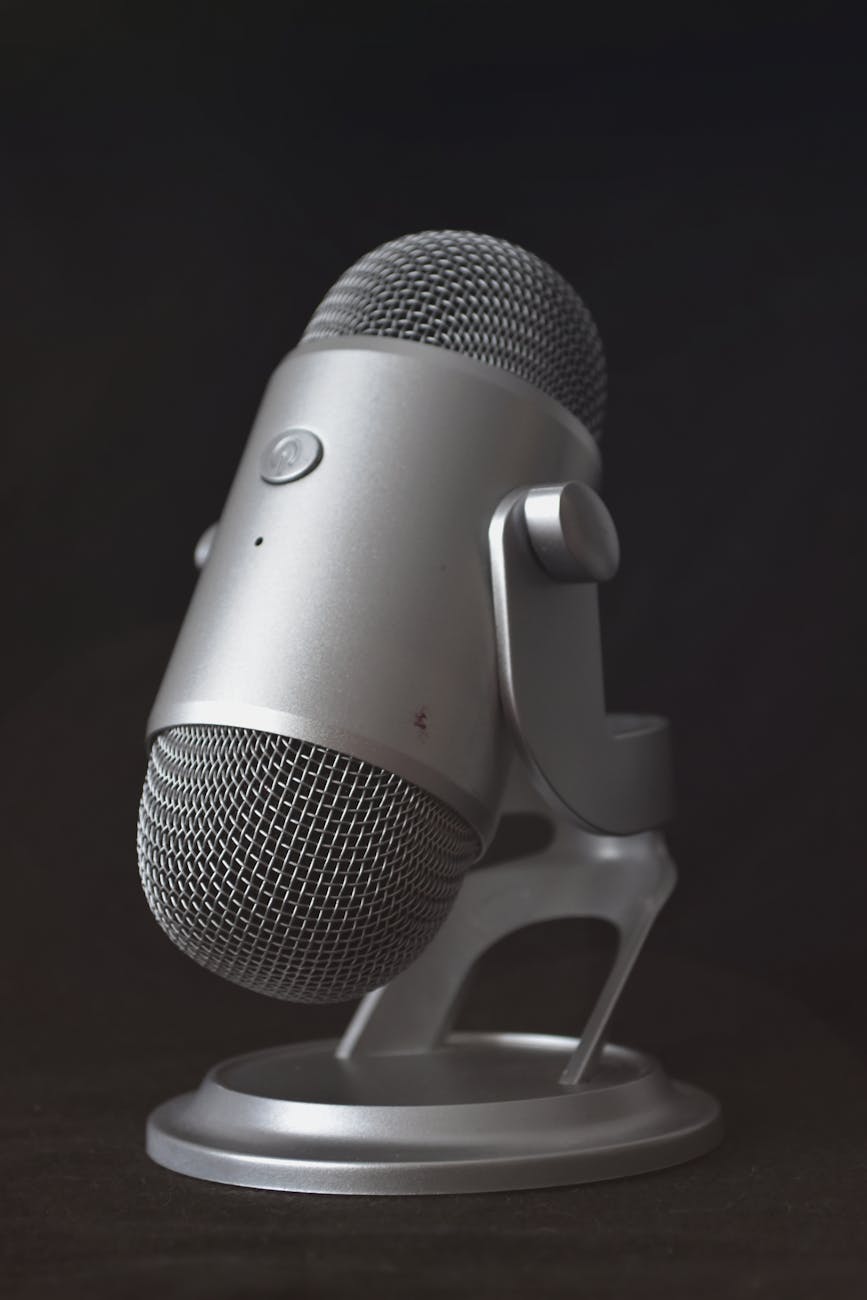Wow incredibly useful things that I didn’t know (hat tip to Cult of the Mac) on using Finder in OS X. I’m almost a power user:
- Get a full-screen slideshow, complete with available index sheet, by hitting Option-space bar with several files selected. You’ll be able to scroll through them all with the arrow keys, either onscreen or on your keyboard, and if you click the little Index button, you’ll see all your selected files on one screen. Click on the one you want to see full-size, or hit Esc to get back to the Finder.
- To rearrange Status Bar icons, simply hold down the Command button on your keyboard, then drag and drop the icons into the order that most pleases you. This applies to the Apple-provided ones, mostly, as third-party apps don’t necessarily allow this trick. If you want to get rid of the icons, simply Command-click and drag one of the menubar icons toward the middle of the screen. When you let go, the menubar icon will disappear in a cute little puff of simulated smoke, just like when you drag an icon off the Dock.
- Rename multiple files. You know when you have 47 different files, all named Screenshot? Well, it’s super-easy to rename them all to something better, like Cat Pictures, right in the Finder. All you need to do is select all the files you want to rename, then right-click (or Control-Click) on any of them. Next, click on the contextual menu item “Rename X Items,” where X is the number of files you’ve selected. Then you can do a simple replace text rename, add text to the end of the current file name, or append a number, counter or date at the end using the pop-up menu provided.
- Restart Finder. There comes a time when even the hardiest app on your Mac, the Finder, will freeze or crash. You can always reboot at times like this, or shut down with a long press and hold to your power button, but try to relaunch the Finder first. It’s just like Force Quitting any other app — simply hit the Option-Command-Esc key combination to bring up the Force Quit dialog box. You may need to Command-Tab your way to a different, non-crashed app first to see it. Once you see the dialog, highlight the Finder in the list and click Relaunch. This can save you some valuable time as an alternative to rebooting your whole Mac.
- Finder Toolbar. There’s a wealth of helpful widgets and buttons at the top of any Finder window, and for the most part, the default set will do you just fine. If, however, you want to add or delete anything up there, all you have to do is right-click (or Control-Click) on an empty space in the toolbar itself and choose Customize Toolbar from the contextual menu that pops up. Then drag and drop to your heart’s content, or — to reset it — drag the default set up from the bottom of the panel.
Final tip if you are on a MacBook, Chrome is great, but it burns way more CPU than Safari. Something like 30% more. So use Safari if you care about battery life.





